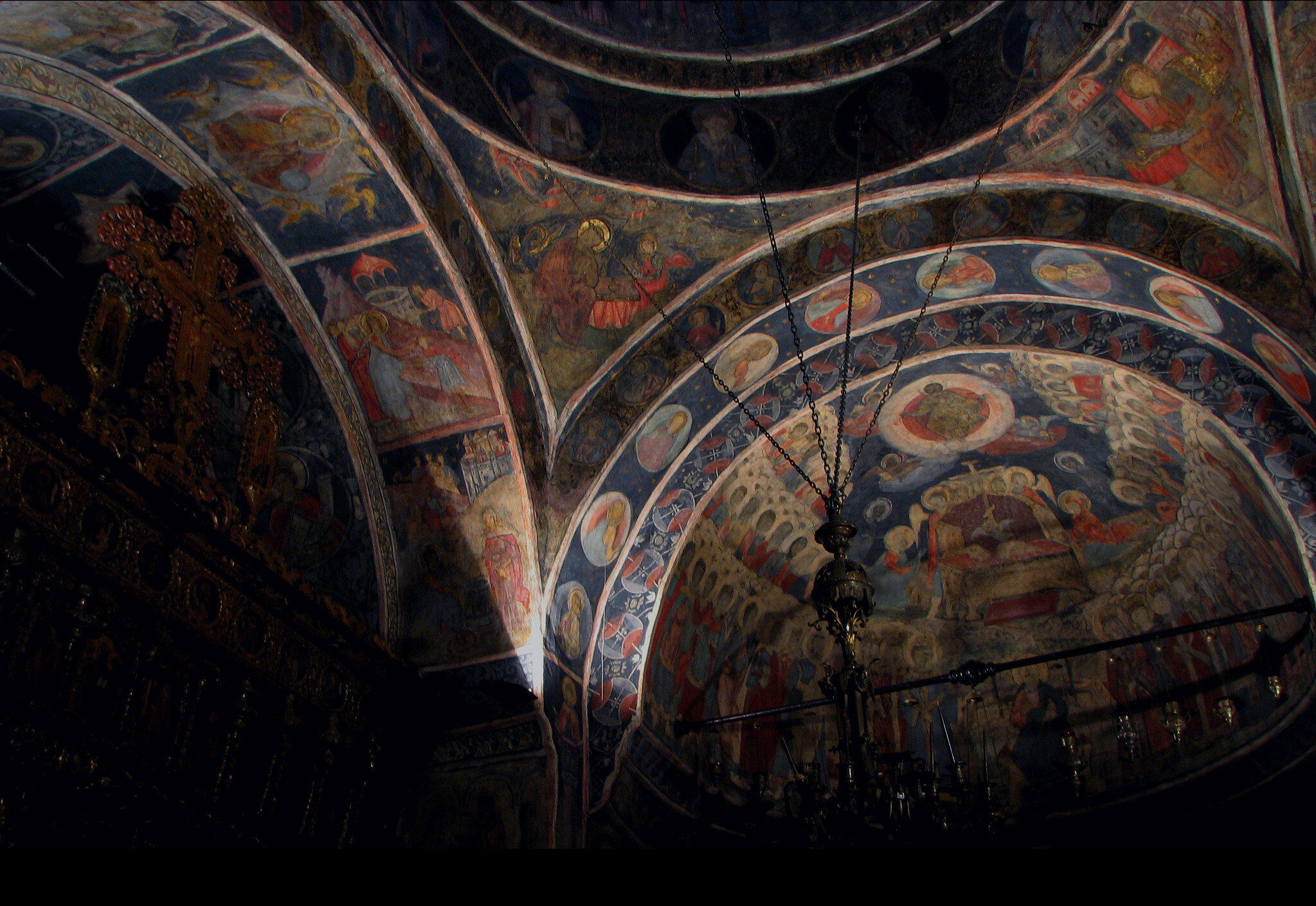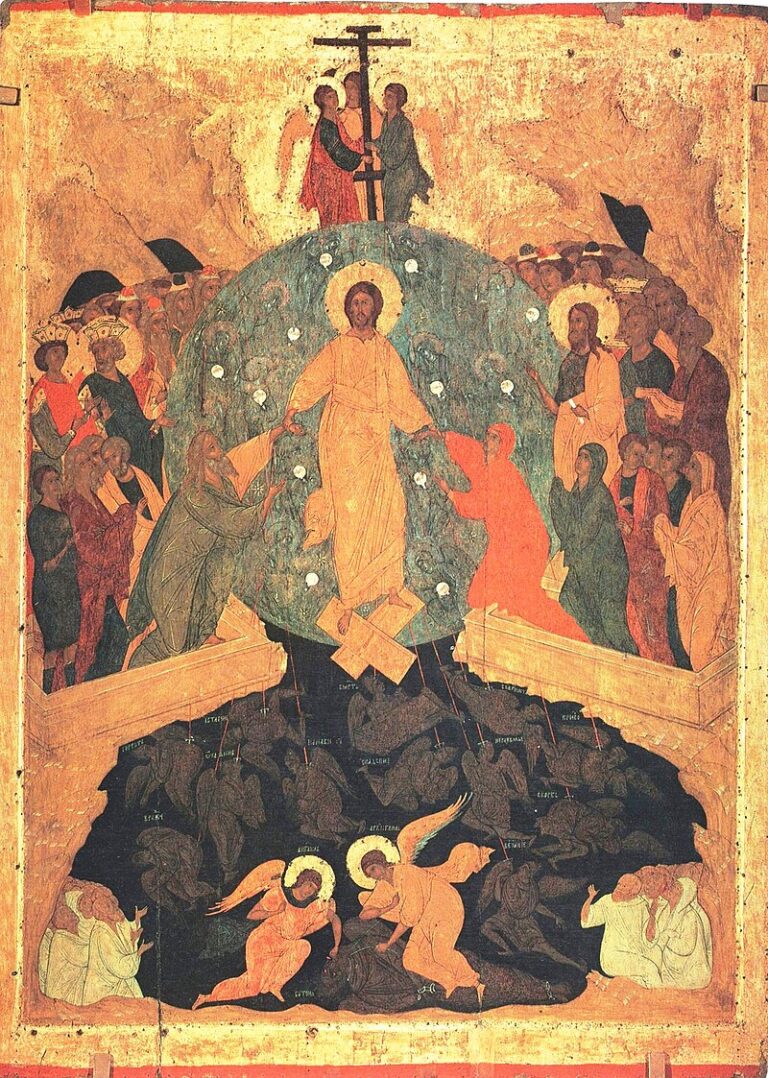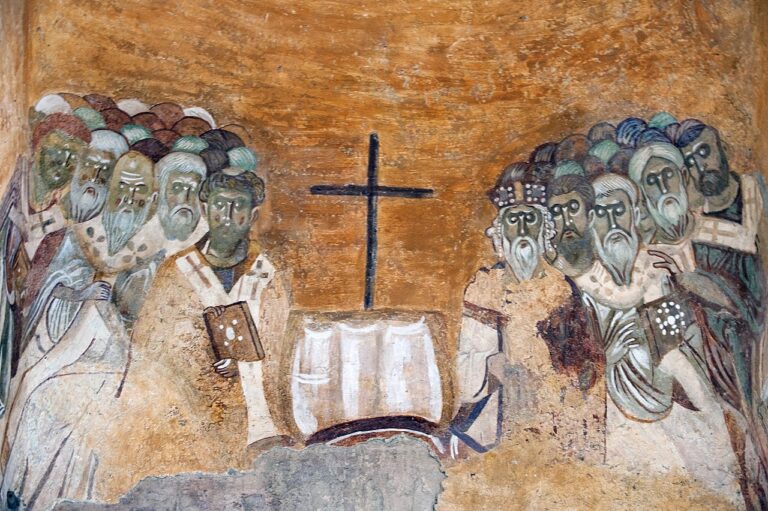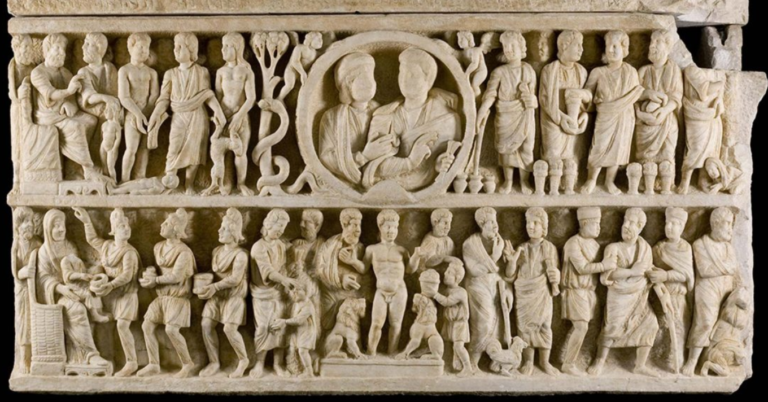Le débat éternel sur l’ordination des femmes
1. Introduction Il y a quelques jours, j’ai regardé un film intitulé Created Equal, qui raconte l’histoire d’une jeune sœur catholique à La Nouvelle-Orléans qui souhaitait devenir prêtre. Elle s’est vue refuser l’entrée au séminaire parce qu’elle ne remplissait pas les…





